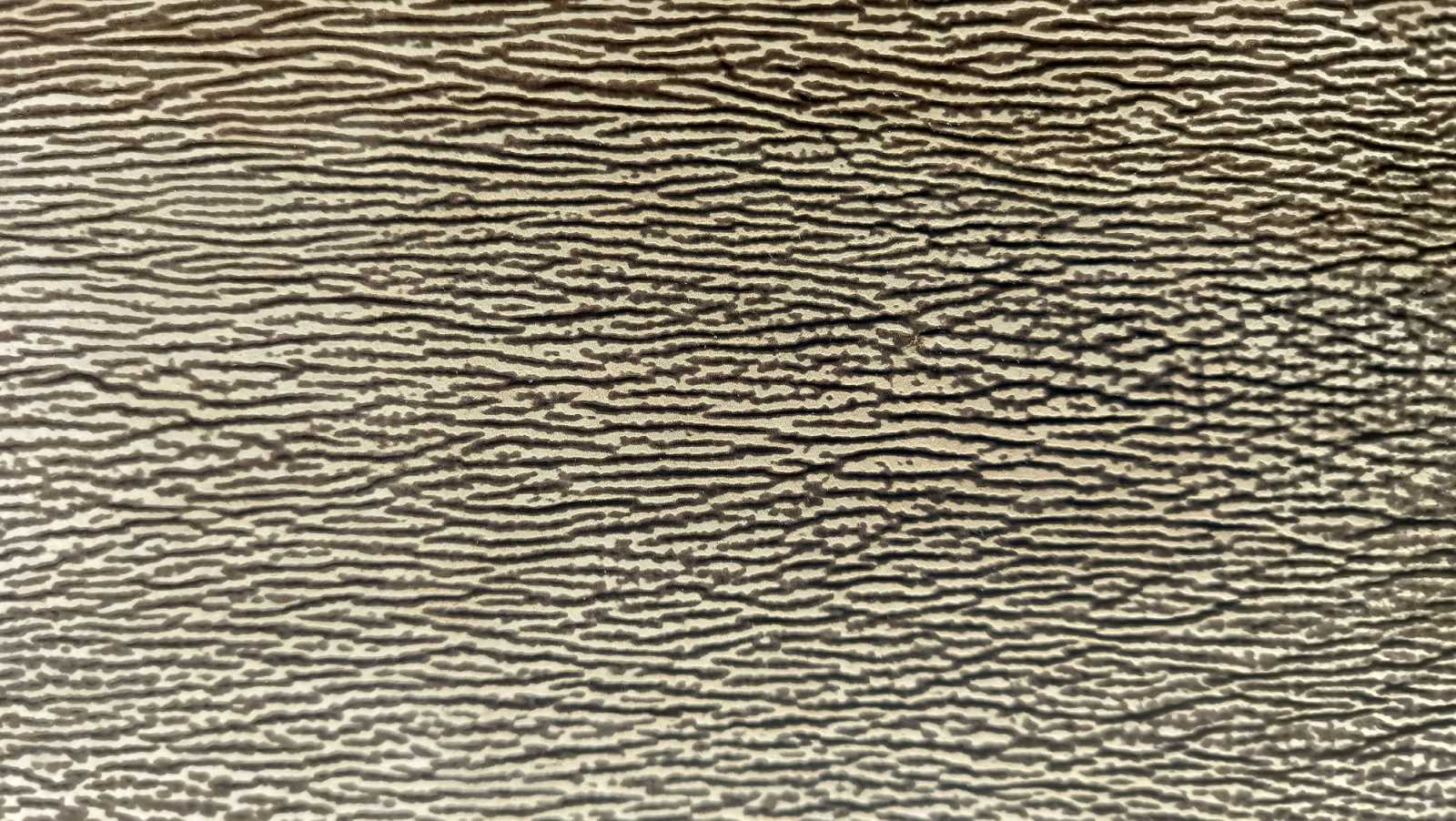
What Should You Know About Shark Leather?
Consumers are recommended to know the defining characteristics of exotic types of leather, as it assists in picking suitable skin to meet your demands. Some skin kinds excel at their flexibility and softness. Other leather types stand out for their toughness and rigidity. In this article, the primary features of shark leather will be figured out.
Main Peculiarities of Shark Skin
Manufacturers often use this material to produce belts and footwear. That's due to the described leather being attractive, durable, and strong. The skin has many more essential features that make it perfect for such usage, though.
Spectacular Texture
"Dermal denticles" cover shark hide. These prongs look like small, sharp-edged teeth. The denticles are better to ground off. Otherwise, when stroking against the "grain", you'll feel a rough leather surface. Shark hide with unremoved prongs is frequently used as sandpaper! So, most tanneries choose to sand the shark leather's rough edges to make it smoother. This reduces the probability of scratches because of careless handling.
The pronged shark skin texture has a side advantage, though. The denticles make the leather more resistant to accidental scuffing. Thus, the skin is less susceptible to scratches. It, however, isn't as scratchproof as, for example, stingray leather. The latter is covered with hard calcium balls of small size.
Water Resistance
In terms of this aspect, shark pelts are similar to stingray and eel ones, as they're impervious to water. Even though shark leather itself doesn't pass water, it can adversely impact the skin. This may happen if the leather is affected by the water for a long time.
So, when picking shark skin, consumers should check how water impacts the leather finish. Of course, if those customers are going to employ the hide to make items that'll be affected by water.
Flexibility
Usually, hides covered with scales are quite inflexible. The shark skin dermal denticles, however, are incredibly thin. This lets the material bend relatively easily. If the pelt's prongs are sanded down or stripped, the material feels milder and more flexible.
Shark Pelts' Technical Characteristics
Typically, these parameters differ greatly. Averagely, a pelt has a width of about twenty inches and length of nearly thirty inches. Also, it tapers to four inches at its narrowest part.
Sharkskin grading depends on the flaw rate (scuffs, scars, etc.) shown on the two key hide areas – above and underneath the central fin aperture. If there are no critical flaws in these pelt parts, this is the Grade 1 material. Grade 4 leather, in turn, has plenty of flaws on the hide patches.
It's also essential to note the described leather type often shows bite marks. That's due to blue sharks participating in mating. As a part of this period, a female is bitten by a male between the 1st and 2nd dorsal fins, according to animaldiversity.org. Therefore, bite marks are frequently found on the leather of mature sharks.